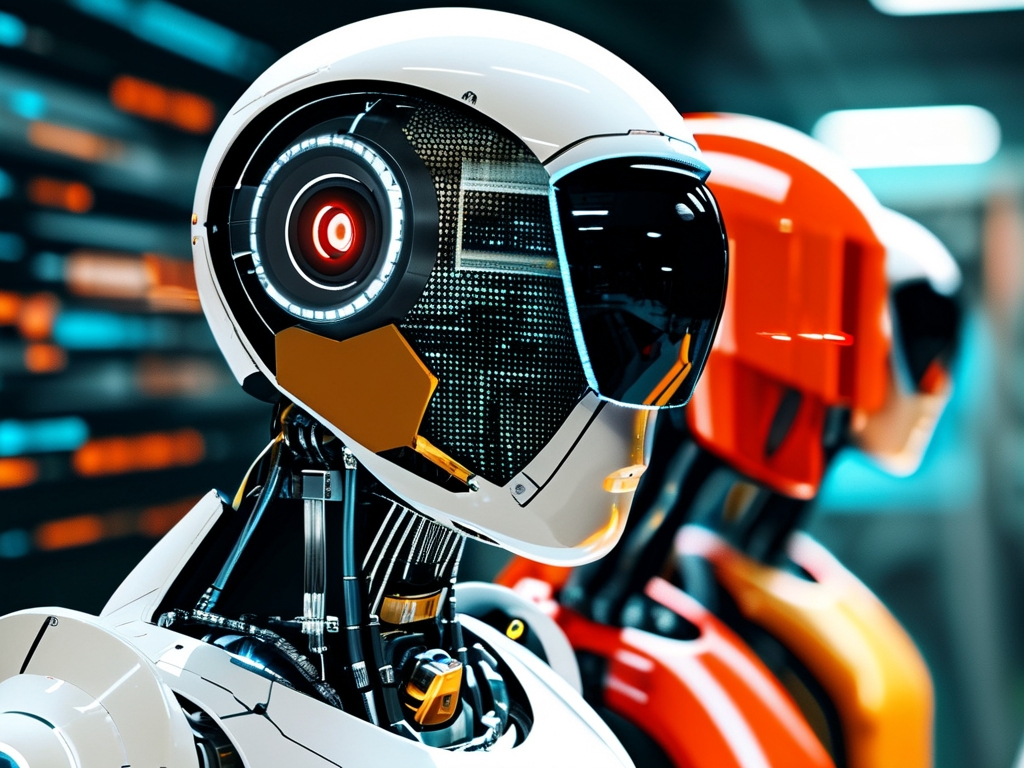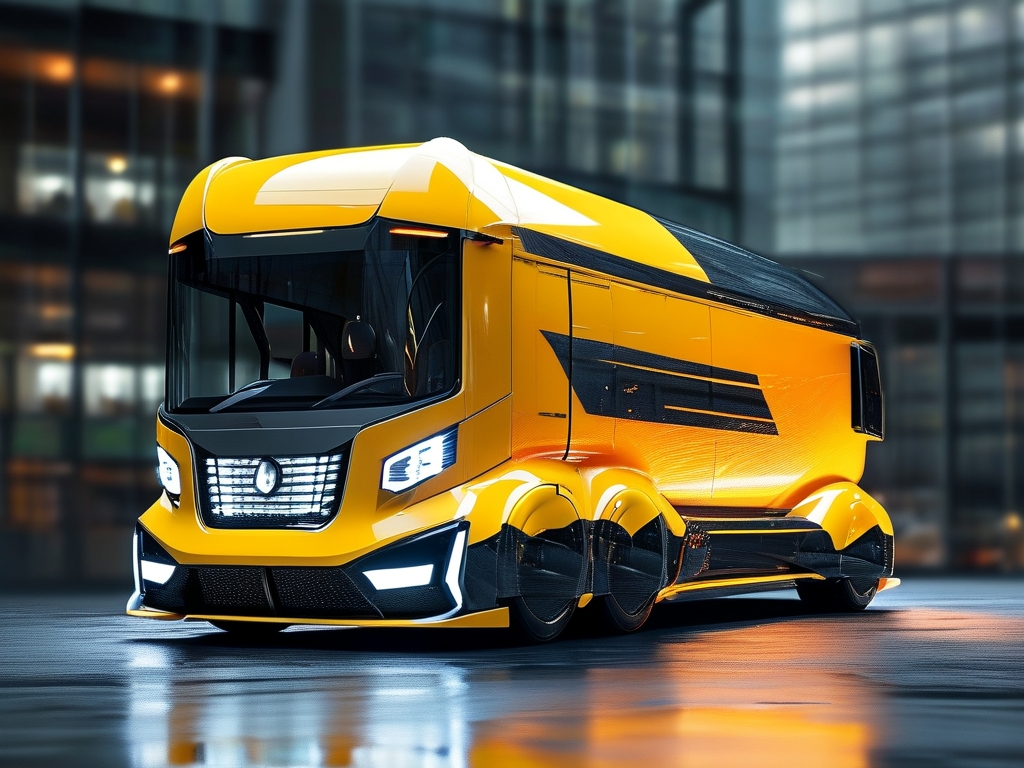The rapid integration of AI-powered service robots into industries ranging from healthcare to hospitality has sparked both excitement and concern. As these machines become more sophisticated, tech teams worldwide are grappling with how to respond to their societal, ethical, and operational implications. This article explores how technology teams are addressing the challenges and opportunities presented by service robots, focusing on strategies to balance innovation with human-centric values.
The Rise of Service Robots: A Double-Edged Sword
Service robots, equipped with advanced machine learning and natural language processing capabilities, are transforming customer service, logistics, and even caregiving. For instance, hospitals deploy robots to assist with patient monitoring, while retail giants use them for inventory management. However, their proliferation has also raised concerns about job displacement, data privacy, and the erosion of human interaction. A 2023 report by the World Economic Forum estimated that AI-driven automation could displace 85 million jobs globally by 2025, even as it creates 97 million new roles. This paradox places tech teams at the forefront of shaping a future where robots augment—rather than replace—human efforts.
Tech Teams’ Response: Ethical Frameworks and Transparency
To address public skepticism, leading tech teams are prioritizing transparency in robot development. For example, companies like Boston Dynamics and SoftBank Robotics have begun publishing ethical guidelines for their robotic systems, emphasizing accountability in decision-making algorithms. Dr. Emily Tan, a robotics engineer at MIT, notes, “The key is to design robots that explain their actions in real-time. If a medical robot makes a diagnosis, clinicians need to understand the ‘why’ behind its s.”
Many teams are adopting interdisciplinary approaches, collaborating with ethicists, sociologists, and policymakers. At Google’s DeepMind, a dedicated “AI Responsibility Team” reviews projects for biases and potential misuse. Similarly, startups like Anthropic integrate constitutional AI principles to ensure robots align with human values.
Human-Robot Collaboration: Redefining Workflows
Rather than viewing robots as replacements, forward-thinking tech teams are designing systems that enhance human productivity. Amazon’s fulfillment centers, for instance, use robots to transport goods, allowing workers to focus on complex tasks like quality control. This synergy has reduced workplace injuries by 32% while boosting efficiency.

In customer service, companies like Bank of America deploy chatbots like Erica to handle routine inquiries, freeing human agents to resolve nuanced issues. “The goal isn’t full automation,” says Rajesh Kumar, CTO of a fintech firm. “It’s about creating a seamless handoff between robots and humans when empathy or creativity is required.”

Tackling Public Mistrust: Education and Engagement
Public resistance remains a hurdle. A 2023 Pew Research survey found that 61% of respondents fear robots could make decisions harmful to society. To combat this, tech teams are launching educational initiatives. IBM’s “AI Ethics for All” program trains non-technical staff and communities on robot functionalities, demystifying their operations. Others, like Toyota’s robotics division, host open-house events to showcase how assistive robots support aging populations.
Regulatory compliance is another focus. The European Union’s proposed Artificial Intelligence Act mandates strict oversight of high-risk robots, pushing teams to embed compliance checks into development cycles. “Proactive regulation fosters trust,” says Lena Müller, a robotics compliance officer. “Teams that embrace these standards early will lead the market.”
Case Study: Robotics in Healthcare
A compelling example of tech teams navigating these challenges is the deployment of Moxi, a hospital robot developed by Diligent Robotics. Moxi assists nurses by delivering supplies and handling logistical tasks, but its design involved extensive input from healthcare professionals. The team conducted over 500 hours of bedside observations to ensure Moxi complemented—not disrupted— workflows. Post-implementation surveys showed a 40% reduction in nurse burnout, highlighting the value of human-centric design.
The Road Ahead: Challenges and Opportunities
Looking forward, tech teams must address unresolved issues like algorithmic bias and cybersecurity. A 2022 incident where a hotel robot inadvertently leaked guest data underscores the stakes. Solutions include robust encryption and “red team” exercises where hackers stress-test systems.
Moreover, the rise of general-purpose robots—machines capable of performing multiple tasks—will require adaptive AI frameworks. OpenAI’s GPT-4, for instance, is being tested for robotic applications, enabling more intuitive human-robot communication.
Ultimately, the success of service robots hinges on tech teams’ ability to prioritize societal well-being alongside innovation. As AI pioneer Andrew Ng observes, “Technology should serve humanity, not the other way around.” By fostering collaboration, transparency, and ethical rigor, tech teams can ensure robots become trusted partners in building a more efficient and equitable future.
The rise of service robots presents a defining challenge for tech teams: to harness their potential while safeguarding human dignity and employment. Through ethical frameworks, interdisciplinary collaboration, and proactive public engagement, teams are paving a path where robots enhance human capabilities rather than undermine them. As this technology evolves, maintaining this balance will be critical to achieving sustainable progress.


